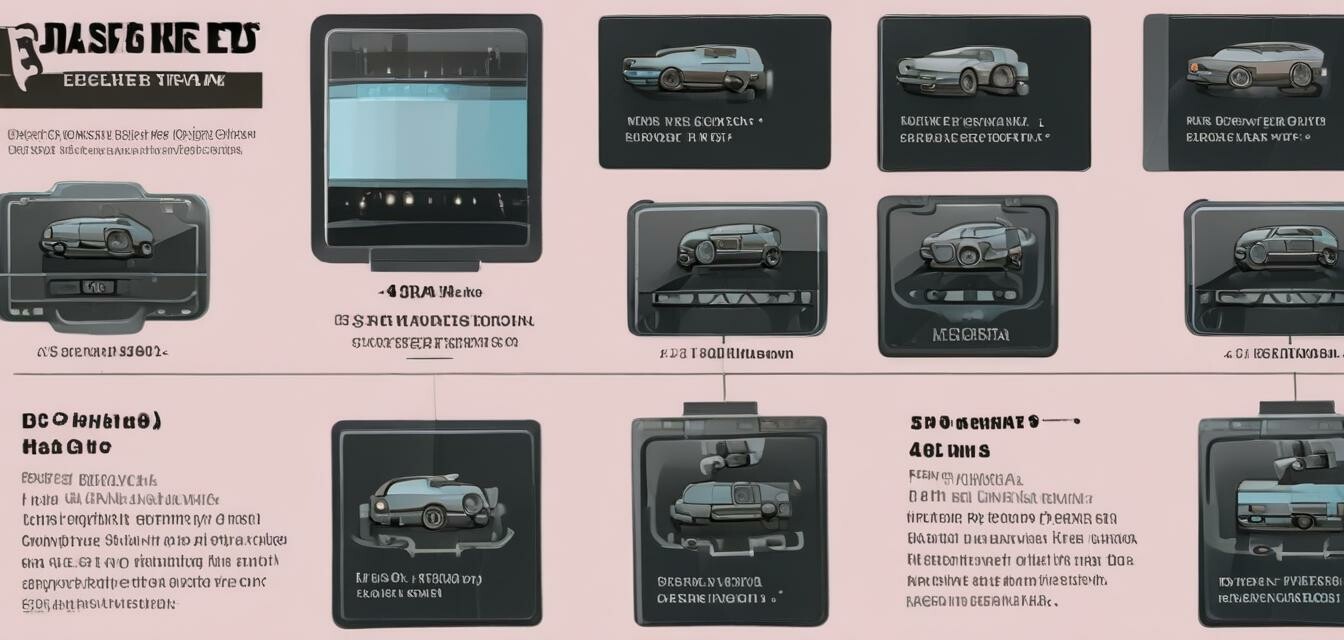
Understanding the importance of frame rate in dashcams
Key Takeaways
- Frame rate impacts video clarity and smoothness.
- Higher frame rates provide better coverage of fast-moving scenarios.
- Common frame rates range from 30fps to 60fps, with variations for specific models.
- Understanding frame rates helps in making informed purchasing decisions.
- Choosing the right frame rate can help enhance safety and security on the road.
When it comes to dashboard cameras (dashcams), many factors contribute to the quality of footage they capture. One of the most critical elements that directly affects the quality of video is the frame rate. Understanding frame rates will help you choose the dashcam that best suits your needs.
What is frame rate?
Frame rate, often measured in frames per second (fps), refers to the number of individual frames or images that are captured in one second of video. For example, a dashcam recording at 30 fps captures 30 images in one second. Higher frame rates generally result in smoother motion depiction but may require more storage space.
Common frame rates in dashcams
| Frame Rate (fps) | Quality | Use Cases |
|---|---|---|
| 30 fps | Standard quality | Everyday driving, normal roads |
| 60 fps | High quality | High-speed driving, action-packed scenarios |
| 120 fps | Very high quality | Racing events, fast-motion captures |
| 240 fps | Slow-motion capture | Accident analysis, detailed footage review |
How frame rate affects video quality
The frame rate impacts more than just how many images are captured per second. It also affects:
- Clarity: Higher frame rates lead to clearer videos, particularly in fast-moving scenarios.
- Smoothness: Videos become smoother and more watchable with a higher fps.
- Details: Important details in accidents or fast movements are better captured at higher frame rates.
Why frame rates matter in different scenarios
Different driving conditions require different frame rates. Here are a few examples where frame rates play a crucial role:
- City driving: Lower speeds may not require high frame rates. 30 fps might suffice.
- Highway driving: Fast-moving scenarios benefit significantly from 60 fps or higher.
- Accident footage: Capturing events in detail requires understanding the frame rate for clarity.
Pros of higher frame rates
- Better video quality in fast scenarios.
- More footage for insurance claims and analysis.
- Smoother playback makes it easier to watch detail.
Cons of higher frame rates
- Requires more storage space on devices.
- Might consume more battery quickly.
- Potentially higher cost compared to lower frame rate models.
How to choose the right frame rate
Here are a few tips to consider when selecting a dashcam based on frame rate:
Beginner's tips for choosing a dashcam
- Assess your driving habits – Highway versus city
- Consider your budget – Higher frame rates often mean higher costs
- Evaluate storage – Ensure your device can accommodate higher fps footage
Conclusion
Understanding the importance of frame rate in dashcams is essential for making informed decisions about which unit will best serve your needs. Not only does frame rate affect the overall quality of the video footage, but it also influences the outcome of events such as accidents, where clarity can impact your insurance claims. Whether you choose a model with a 30 fps or go up to 60 fps or beyond, knowing how frame rate acts in different driving conditions will help you stay safe and secure on the road.
For more information on different types of dashcams, check out our 4K resolution dashcams, dual lens dashcams, and buying guides to determine which best suits your needs.
We hope that this article has provided you with valuable insights into the significance of frame rates in dashboard cameras. For more feature comparisons and insights, visit our Feature Comparisons page.
